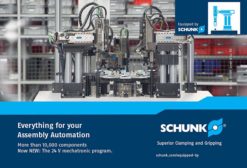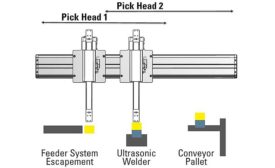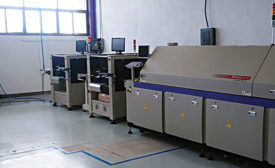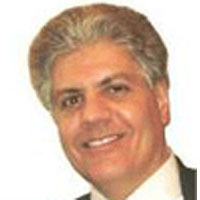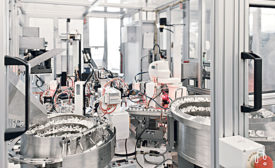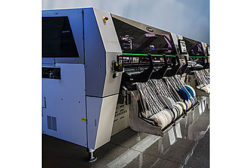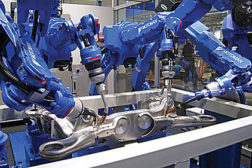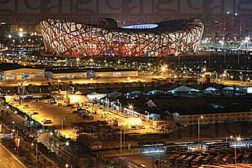Home » Keywords: » pick-and-place machine
Items Tagged with 'pick-and-place machine'
ARTICLES
Motion Control: Rigid vs. Flexible
"If production volume is high, that points to rigid automation."—Chris Knudsen, Yaskawa America Inc.
July 1, 2013
Never miss the latest news and trends driving the manufacturing industry
Stay in the know on the latest assembly trends.
JOIN TODAY!Copyright ©2024. All Rights Reserved BNP Media.
Design, CMS, Hosting & Web Development :: ePublishing
